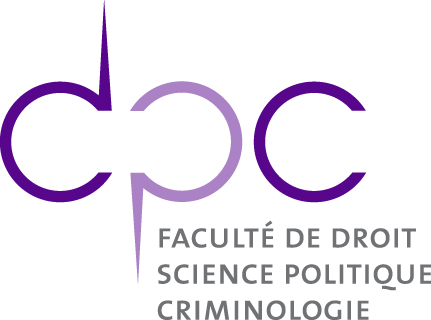Travail écrit : "Sound Science to all ? Evidence-based Knowledge Communication in a Science-Policy-Society Interface: the case of the European Science-Media Hub"
Goux, Mattis 
Promoteur(s) :
Delvenne, Pierre 
Année académique : 2022-2023 • URL permanente : http://hdl.handle.net/2268.2/19343
Détails
| Titre : | Travail écrit : "Sound Science to all ? Evidence-based Knowledge Communication in a Science-Policy-Society Interface: the case of the European Science-Media Hub" |
| Titre traduit : | [fr] Une science solide pour tous ? Communication de savoirs fondés sur des preuves dans une interface science-politique-société : le cas du European Science-Media Hub |
| Auteur : | Goux, Mattis 
|
| Promoteur(s) : | Delvenne, Pierre 
|
| Langue : | Anglais |
| Mots-clés : | [en] Post-truth [en] Knowledge-based communication [en] Boundary chain [en] Boundary Organizations [en] Sound science [en] Knowledge brokering |
| Discipline(s) : | Droit, criminologie & sciences politiques > Multidisciplinaire, généralités & autres |
| Institution(s) : | Université de Liège, Liège, Belgique Maastricht University, Maastricht, Pays-Bas |
| Diplôme : | Master en sciences politiques, orientation générale, à finalité spécialisée en science, technologie et société (STS) |
| Faculté : | Mémoires de la Faculté de Droit, de Science Politique et de Criminologie |
Résumé
[en] This thesis starts from the post-truth challenge and tackles the need to improve science
communication practices. The European Science-Media Hub was established in 2017 by the
STOA Panel for the Future of Science and Technology as a response to the public distrust
towards science and policy institutions. This element of the European response to the post-truth
era will constitute the case study of this thesis. The organizational aspects of the European
Science-Media Hub will be analyzed in order to understand how this project can help in the
task of communicating sound science in a science-policy-society interface. The analysis applied
both Pielke’s knowledge brokering typology and Nisbet and Fahy’s knowledge-based journalistic approaches through the use of the boundary organization framework. The
main findings of this paper stress the complementarity of the STOA and the European Science-Media Hub. Indeed, the institutional embeddedness provided by the boundary chain ESMH-STOA enables an efficient science communication to its audience and effective opportunities
to develop answers to the post-truth challenge. However, some potential biases could arise from
this institutional assemblage and question the independent and objective aspects of the
European Science-Media Hub knowledge communication.
Fichier(s)
Document(s)

 ESST Program - Master Thesis - Goux - i6333379.pdf
ESST Program - Master Thesis - Goux - i6333379.pdf
Description:
Taille: 1 MB
Format: Adobe PDF
Citer ce mémoire
L'Université de Liège ne garantit pas la qualité scientifique de ces travaux d'étudiants ni l'exactitude de l'ensemble des informations qu'ils contiennent.


 Master Thesis Online
Master Thesis Online




